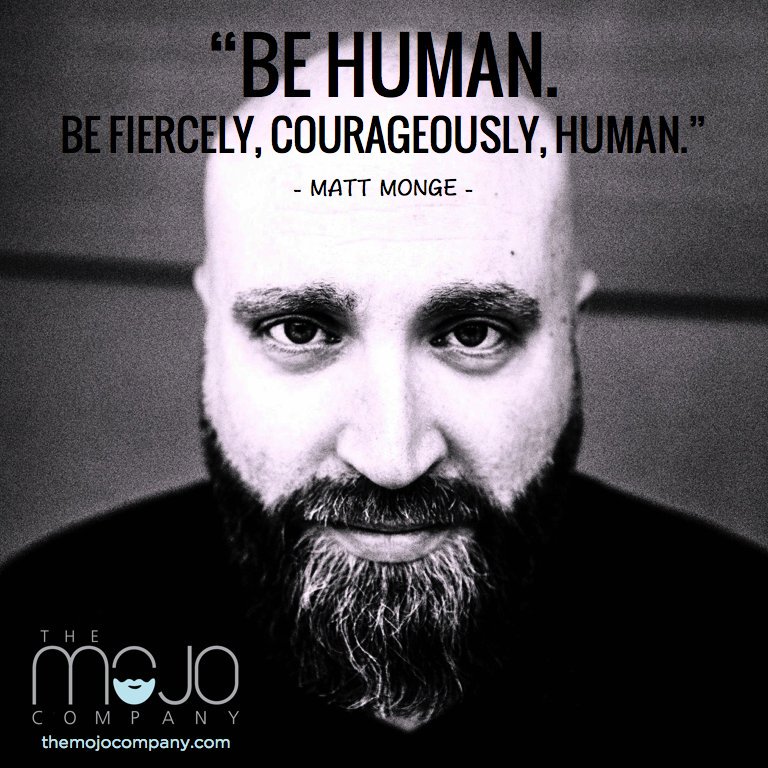 Photo Credit: Flickr
Photo Credit: Flickr
Let’s take a close look at our work and life for a moment. When product and customer service are both excellent, we experience the greatest value as both employees and consumers. However, when there are processes at work that we can’t really visualize or don’t understand, we may question the value of either the product or the service. Especially when those processes are obscured in their availability. Especially if when we seek to see and understand, we remain without adequate information. We can grow disheartened, disgruntled, and even repelled.
Let’s have a look.
We could take a deep dive into government operations or into a large for-profit or non-profit, but let’s just look first at a very normal experience of a popular fast-food restaurant. Without naming the company, this chain is known worldwide for providing consistently good food. When the product is excellent, we don’t feel the need to look inside the operation (or kitchen, so to speak). As for customer service, that’s another matter.
In the rush of lunch-time ordering and food delivery at the drive-through, a young mother with two small children in-tow has to leave her car and come inside the restaurant twice for corrections on her order. One correction was just the number of chicken pieces (four when she asked for and paid for six). The counter staff person couldn’t take the four-piece back, in accordance with health standards, and give her a six-piece. So instead of just saying to the customer, “We’re so sorry. Keep the four-piece and I’ll get you a six-piece”, she tossed the four-piece in the trash can and returned, without emotion, with a six-piece. The rest of the exchange, on both sides, was polite but not restorative for either.
The mom will probably go back…one day…but this did not build the trust that could have been built. The employee also was probably not left with any sense of appreciation for how hard everyone was working behind the counter for demanding customers.
What does this have to do with operational transparency?
Well, given the perceived quality of the product, little transparency in food preparation was required. That wasn’t the issue. The small but significant dilemma here was the transparency of the customer service model (which was bare-bones “correct the problem” without consideration of customer experience or inconvenience – or so it seemed, from the employee’s response to the mother).
Harvard Business School professor Ryan W. Buell defines operational transparency as the deliberate design of windows into and out of the organization’s operations to help customers and employees alike understand and appreciate the value being created. To determine when and how to design such windows, managers must understand when and how customers and employees want to open up operations to scrutiny—and when both parties would prefer that work be undertaken behind the scenes.*
*Operational Transparency – Ryan W. Buell
Is too much of a company’s operations behind the scenes? Are we expected to just trust that companies, governments, and civic organizations are working with our best interests in mind? Photo Credit: Flickr
Photo Credit: Flickr
The article by Ryan W. Buell linked above is a brilliant examination, with lots of real-world examples, of how important transparency is in our operations. For internal and external outcomes – both with product and employee/customer relations. [Don’t miss the read.]
Back to restaurants, the food service industry is really starting to run with this. One of our favorite restaurants is Mezeh Mediterranean Grill. It is a highly visual food experience. You order at the counter with the help of customer-savvy servers who guide the diner through the process. Photo Credit: Reston Now
Photo Credit: Reston Now
Employees not helping the diners are doing food prep and working the grill, all in plain view. By the time the customers reach check-out, they have a bowl or plate of generous portions of savory, authentic Mediterranean food plus an added sense of value from the excellent customer service.
Operational transparency.
Home delivery food franchises and online shopping companies are upping their transparency by providing accurate tracking options for their customers as well as other perks aimed toward customer satisfaction and loyalty.
![]() Photo Credit: Twitter
Photo Credit: Twitter
In the workplace, we need to listen to customers who actually give us feedback, especially complaints. There’s much to be learned by that sort of engagement. Becoming more and more transparent will help. Buell’s research shows the employees benefit as much as the customer with greater operational transparency.
As a stay-at-home, work-from-home spouse, I understand my husband’s question of “What did you do today?” It is the same as my question to him. “Writing and laundry” and “meetings all day” neither tell the whole story of either of our days. Operational transparency applied to our dinner conversation could make it a whole lot more engaging and valuable.
Taking the mystery out of how decisions get made and products/services actually happen can add greatly to the employee and customer experience.
Just as our teachers in school instructed us to “show our work”, we can do that for each other in creative and credible ways.
I have no idea how a letter gets from my friend in London to me in Virginia in less than a week…but it is easy to get frustrated when it hasn’t arrived in three weeks. The postal worker dealing with my frustration would be well-served…as would I…by opening a window into the complexities of the work of mail gathering, sorting, and delivering.
My father-in-law went from being admitted to an ICU post-stroke one day, to lying in bed all the next with an IV hanging but not dripping and no word from a doctor, to a visit and discharge by a palliative care team the third day. We welcomed the discharge home but a bit more transparency on that second day would have been really helpful.
Operational transparency builds trust, enhances communication, and facilitates accountability (see image below). Even when transparency reveals a negative (as in the fast food experience of the young mom), the company can turn that around once exposed.
From the Ryan Buell’s article, in closing:
“Don’t forget to close the loop. Transparency is the most beneficial when it’s allowed to flow in both directions—from the customers into the operation and from the employees out to the customers. Forcing employees to toil in obscurity deprives them of seeing how their work is helping customers, reducing their feeling that their work is appreciated and undermining their motivation. What’s more, transparency for employees can give them the information they need to customize service and help them learn better ways of operating.
Consumers [can] take work for granted and employees [can] lose out on the learning and motivation that customer connections afford. With that in mind, businesses should stop reflexively hiding their operations for the sake of efficiency and instead thoughtfully consider when and how to open them up to create more value for customers and employees alike.”
Operational Transparency – Ryan W. Buell
 Photo Credit: Flickr
Photo Credit: Flickr
Let’s Be Real – Why Transparency in Business Should Be the Norm – Robert Craven
YouTube Video – Defaulting to Open – While transparency is often associated with increased accountability to the public, the most visible outcome of open public data in recent years has been more and better services for citizens. This session addresses the opportunities and challenges of making open data useful, actionable, and relevant for users inside and outside government. Mike Migurski Chief Technology Officer at Code for America moderates a conversation with Alan Williams, 2013 Code for America Fellow; Joy Bonaguro, Chief Data Officer, City and County of San Francisco; Ryan Buell, Assistant Professor, Harvard Business School; and Mark Head, Developer Evangelist, Accela









